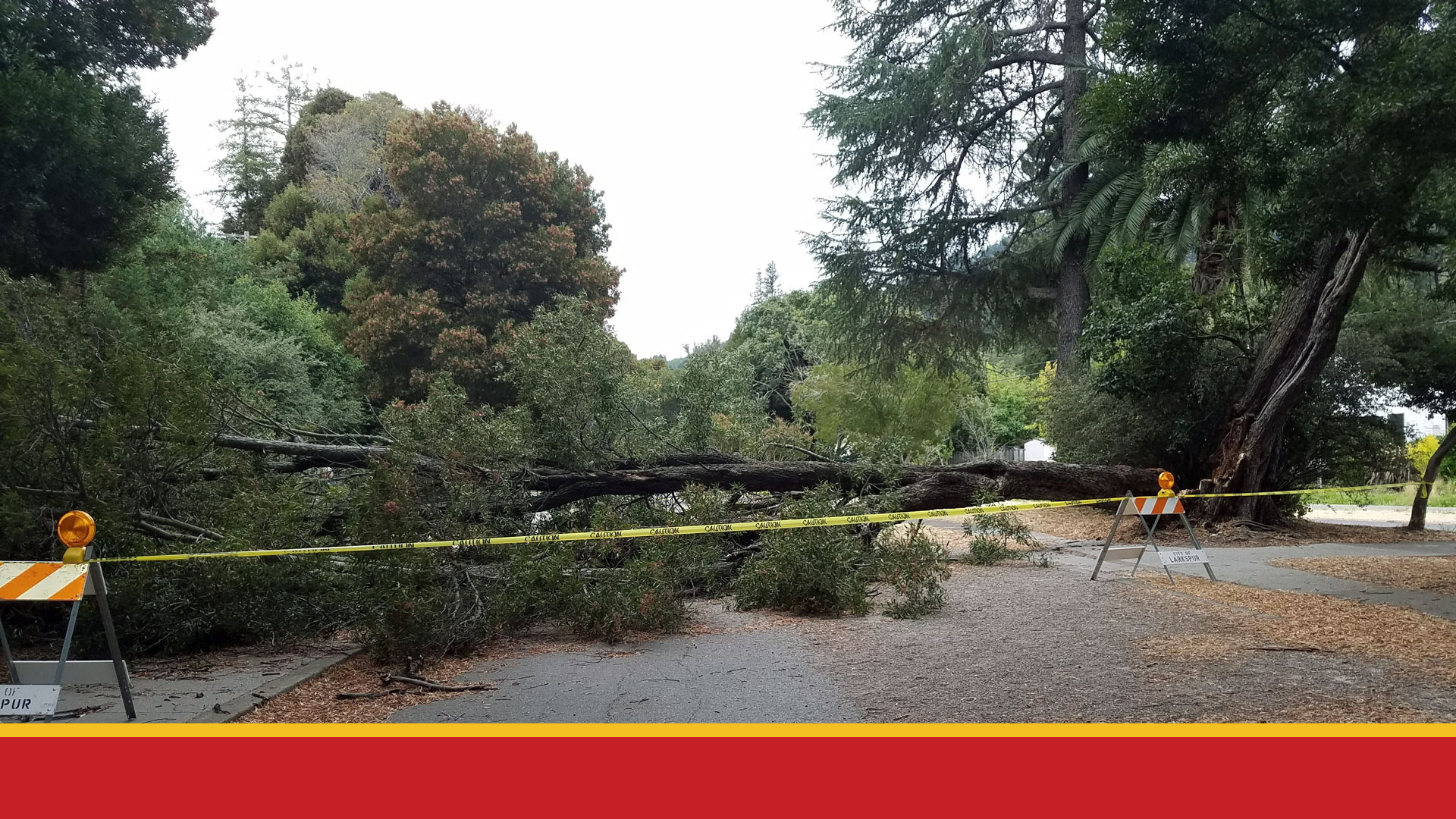 The California Urban Forests Council (CaUFC) is deeply saddened by the tragic loss of life and damage caused to both California’s built and natural environment by recent storms. These weather events have highlighted areas where communities can improve their management of infrastructure, including their vital green infrastructure.
The California Urban Forests Council (CaUFC) is deeply saddened by the tragic loss of life and damage caused to both California’s built and natural environment by recent storms. These weather events have highlighted areas where communities can improve their management of infrastructure, including their vital green infrastructure.
“To produce the optimum benefits for the community, cities need tree inventories, best practices and management plans to plan for the future and provide for the present,” said Nancy Hughes, the nonprofit organization’s executive director. “This means ensuring appropriate expertise and budgets for the departments caring for trees and adequately staffing and funding those departments.”
As cities look to recover their urban forests, CaUFC recommends not only planting new trees, but prioritizing growing trees to maturity. Growing trees increases the capacity to create sustainable and healthy communities. Healthy communities have large tree canopies and the fastest way to achieve a larger canopy is to grow the trees cities already have.
“We need to create space and nurture our young and small trees to increase their chances of survival and long life,” said Gordon Mann, a CaUFC board member. “Trees need two critical things to grow: water and organic matter. We can water our trees during drought, monitor our trees’ health and properly prune our trees when needed.”
Despite recent heavy rainfall, Californians will have to contend with drought again. CaUFC recommends that people water their trees using soaker hoses even when they’re not watering their lawns. Unless watered, the stress created by drought to a tree will have long term negative consequences to a tree’s health. The drought, paired with disease, fire and insects, contributed to the loss of 36.3 million trees in California in 2022. The ongoing effects of climate change will continue to intensify these pressures, making it more important than ever to take actions to protect trees today. Recent storms have already likely downed countless numbers of trees, including thousands of urban trees that directly impact residents of urban communities across California. Urban trees absorb thousands of gallons of water and stabilize slopes. They also lessen the impact of heavy rainfall on the ground, preventing erosion and slowing runoff.
“We must improve the way trees are used in the design and planning of our communities and neighborhoods. We must also acknowledge that due to climate change impacts, tree species that once thrived may no longer be the best choice going forward,” said CaUFC Board Member Nancy Sappington. “Properly growing and maintaining our trees will reduce the failures that we experienced during the severe recent storms.”
Creating a healthy urban canopy also requires acknowledging that trees are living assets. When a tree does reach the end of its life, CaUFC recommends using it for urban wood products that continue to deliver the maximum value from the trees. And when trees are removed, cities and property owners need to replace them to keep the overall canopy growing long term.
About California Urban Forests Council
The California Urban Forests Council, a nonprofit corporation, is the nation’s oldest urban forest council and works to make California’s communities cleaner, healthier and more prosperous through the care and management of trees within our communities. The California Urban Forests Council runs a community tree planting program, coordinates educational workshops, hosts an annual conference, helps urban forest managers develop management plans, and supports seven regional councils. Follow the California Urban Forests Council on Facebook and Twitter to learn more.





